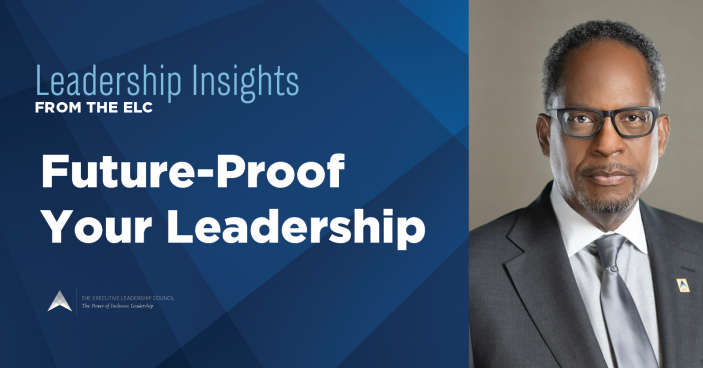When I was in college, I was really two different students. Early on, I struggled. Later, I thrived. Same kid—different channel. Once I found the work that matched how I think and create, everything changed. That experience taught me something that’s guided my entire career: people don’t suddenly become talented; leaders learn how to unlock the talent that’s already there.
That’s the real point of inclusion. It’s not a sentiment—it’s an outcomes play. Inclusion is about creating systems and standards that allow people to do their best work, then holding everyone accountable for meeting them. When leaders get intentional about that alignment, differences don’t compete—they compound. And that’s as close to leadership nirvana as it gets.
I didn’t learn that from a white paper. I learned it in the trenches. Early in my career, I inherited teams filled with people who’d been labeled “average.” I realized I was making assumptions about their ceilings before I even knew their stories. But the day I started giving people real opportunities—with support, standards, and air cover—eight times out of ten, they outperformed the label. That changed me, and it still does.
If you want a practical lens, look at the generational mix leaders are managing right now.
Many Baby Boomers measure success through loyalty and long arcs. They value direct, live conversations. Gen Xers thrive on clarity, autonomy, and measurable results—just give them room and a finish line. Gen Zers are purpose-driven and digital-first. They expect flexibility, psychological safety, and leaders who communicate in real time.
None of these tendencies are absolute or “better.” They’re context. Lead today’s workforce with yesterday’s defaults, and you’ll miss tomorrow’s outcomes.
Behind closed doors, many leaders are quietly naming what everyone already feels: the ground is shifting. Markets are volatile. Skills are expiring faster than ever. People are tired of performative culture talk. But they’re also hungry—to matter, to belong, to build something meaningful. If you want a workforce that runs toward the future with you, don’t manage by myth. Lead with intent.
Here’s where to start:
- See people as possibilities, not profiles.
Assumptions are cheap; understanding is leadership. Get curious about what motivates each person and align that energy with what the business needs. The miss often isn’t the people—it’s the lens we use to see them. - Create stretch—with a net.
Opportunity without support is a setup. Support without standards is a stall. Do both. If someone’s been tagged “not ready,” ask whether they’ve ever been given a consequential assignment and the coaching to succeed. Capability is often there. Access isn’t. - Lead the room you actually have.
Blend channels—live, chat, video, email. Blend cadences—deep dives and quick hits. Blend incentives—career milestones and mission-aligned wins. When people can contribute in their native strengths, they contribute more. - Make the “soft stuff” your superpower.
Communication. Adaptability. These aren’t “soft” skills—they’re power skills. Hiring managers name them because they move the results that matter: engagement, retention, innovation. Model them visibly. People mirror what they see.
Inclusive leadership isn’t a compliance play—it’s a capacity play. When I talk about inclusion as a business imperative, I’m talking about outcomes: who gets developed, who gets sponsored, who gets trusted with P&L—and what that unlocks in growth and resilience.
The ELC community, in particular, leads enterprises that drive a massive share of global revenue and employment. When we widen who gets real shots, we widen what the economy can do.
At the end of the day, every person on your team carries potential—what I often call “unique gifts.” The leader’s job is to see it, stretch it, and align it to meaningful outcomes. If you’re not tapping into everyone, the question isn’t “What’s wrong with them?” The real question is, “What am I missing?”
The world isn’t going back. Good. Let’s lead forward—by naming differences, designing for them, setting high standards, and giving real chances. That’s how we future-proof: not by wishing for yesterday, but by unlocking the workforce we have today to build the economy we all want tomorrow.

